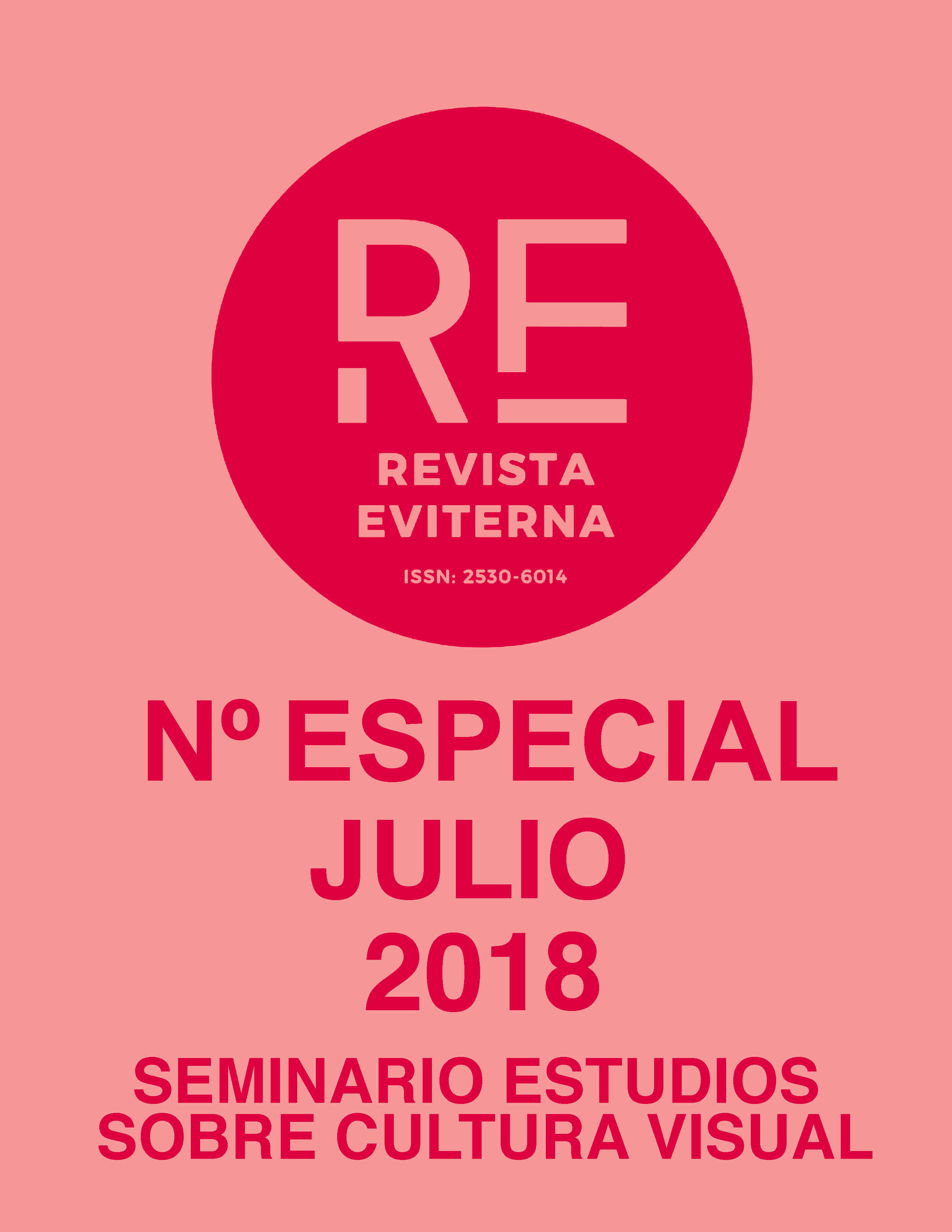Mudanzas boleras, the bolera school in 19th century art
DOI:
https://doi.org/10.24310/Eviternare.v0i0.8229Keywords:
Escuela bolera; Barros malagueños; Romantic traveler; gente painting; Flamenco; Spanish danceAbstract
The escuela bolera is currently a style encompassed within the Spanish dance that emerged in the eighteenth century when Spanish popular dances began to professionalize due in part to the influence of classical ballet that had come to our country from Italy in that same century. This Spanish dance style had its culmination in the 19th century, when many plastic artists left their testimony in engravings and paintings, whether they were protraits of the most outstanding interpreters or scenes of customs. This work aims to collect a series of 19th century paintings, engravings and sculptures that reflect the escuela bolera, which has always gone unnoticed in the shadow of flamenco, ore ven has been confused with this style, much in vogue in the last time.
Downloads
Metrics
Publication Facts
Reviewer profiles N/A
Author statements
Indexed in
-
—
- Academic society
- N/A
- Publisher
- Universidad de Málaga
References
CAVIA NAYA, Victoria (2013), “Mujeres, música, teatro y variedades: de las boleras y flamencas a las bailarinas de danza española (1885-1927), Cuadernos de música iberoamericana, vol. 25-26, pp. 39-61.
GALÁN, Eva V. (1994), Pintores del Romanticismo andaluz, Universidad de Granada, Granada.
GONZÁLEZ TROYANO, Alberto (1987), “Los viajeros románticos y la seducción “polimórfica” de Andalucía”, en GONZÁLEZ TROYANO, Alberto (y otros), La imagen de Andalucía en los Viajeros Románticos y Homenaje a Gerald Brenan, Diputación Provincial de Málaga, Málaga, pp. 11-21.
MÉNDEZ RODRÍGUEZ, Luis (2008), La imagen de Andalucía en el arte del siglo XIX, Centro de Estudios Andaluces, Sevilla.
PEDRAZA ALBA, Antonio (2011), “Los barros malagueños y el duque de Bedford”, Péndulo: revista de ingeniería y humanidades, nº 22, pp. 158-173.
PEÑA HINOJOSA, Baltasar (1971), Barros malagueños, Obra Cultural de la Caja de Ahorros Provincial de Málaga, Málaga.
QUESADA, Luis (1992), La vida cotidiana en la pintura andaluza, Fundación Fondo de Cultura de Sevilla, Sevilla.
REINA PALAZÓN, Antonio (1979), Pintura costumbrista en Sevilla (1830-1870),Universidad de Sevilla, Sevilla.
ROMERO TORRES, José Luis (2006), “Barros malagueños o Malaga Clay Figures”, en DE CASTELLO BRANCO, María, Barros Malagueños. Colección Durarte Pinto Coelho, Fundación Bancaja, Granada, pp. 8-24.
RUIZ MAYORDOMO, María José (1999), “Espectáculos de baile y danza: de la Edad Media al siglo XVIII” y “Espectáculos de baile y danza: siglo XIX”, en AMORÓS, Andrés y DÍEZ BORQUE, José María (coords.), Historia de los espectáculos en España, Editorial Castalia, Madrid, pp. 273-313 y 319-333.
SANTOS-ROVIRA, José María y ENCINAS ARQUERO, Pablo (2009), “Breve aproximación al concepto de la literatura de viajes como concepto literario”, Revista Tonos Digital, nº 17, pp. 1-9.
SANZ, María Jesús (2000), “El barón Davillier viajero y coleccionista”, Laboratorio de arte, nº 13, pp. 223-240.
VALDIVIESO, Enrique (2014), Antonio Cabral Bejarano, Diputación de Sevilla, Sevilla.
VEGA, Jesusa (2004), “Viajar a España en la primera mitad del siglo XIX: Una aventura lejos de la civilización”. Revista de Dialectología y Tradiciones Populares, Vol. 59, nº 2, pp. 93-125.
Downloads
Published
How to Cite
Issue
Section
License
All the contents published in Revista Eviterna are subject to the Creative Commons Reconocimento-NoComercia-Compartirigual 4.0 license, the full text of which can be found at <http://creativecommons.org/licenses/by-nc-sa/4.0>
They may be copied, used, disseminated, transmitted and publicly exposed, provided that:
The authorship and original source of your publication (Journal, editorial and URL of the work) are cited.
They are not used for commercial purposes.
The existence and specifications of this use license are mentioned.

Copyright is of two kinds: moral rights and patrimonial rights. Moral rights are perpetual, inalienable, inalienable, inalienable, inalienable and imprescriptible prerogatives.
In accordance with copyright legislation, Revista Eviterna recognizes and respects the moral rights of the authors, as well as the ownership of the economic right, which will be transferred to the University of Malaga for dissemination in open access.
The economic rights refer to the benefits obtained by the use or disclosure of the works. Revista Eviterna is published in open access and is exclusively authorized to carry out or authorize by any means the use, distribution, disclosure, reproduction, adaptation, translation or transformation of the work.
It is the responsibility of the authors to obtain the necessary permissions of the images that are subject to copyright.







12.png)



